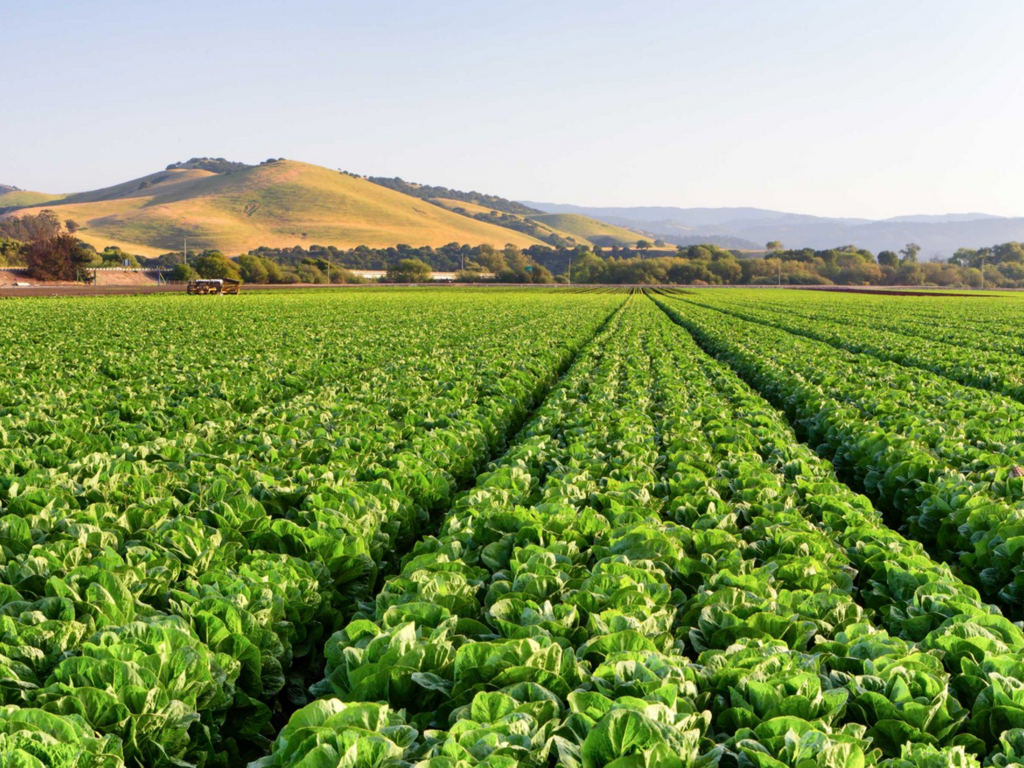Assessing
farm infrastructure is crucial for
operational efficiency and
long-term sustainability as it includes assets like buildings, irrigation systems, roads, and equipment. Appraising infrastructure quality helps identify areas for improvement and
optimize productivity, leading to higher yields and better crop quality. Properly maintained infrastructure contributes to operational efficiency and safety, enhancing overall farm performance. Understanding the role of infrastructure in farm assessments is key to maximizing agricultural potential and ensuring successful farming practices.
Key Takeaways
- Infrastructure evaluation optimizes farm efficiency and sustainability.
- Well-designed infrastructure enhances productivity and operational safety.
- Modern infrastructure reduces labor requirements and improves crop quality.
- Strategic infrastructure placement saves time and resources.
- Upgrading equipment and technology enhances farm operations.
Importance of Infrastructure in Farm Assessments
Evaluating the infrastructure of a farm is vital for understanding its
**operational efficiency and long-term sustainability
. Infrastructure encompasses the physical assets** and structures that support farm operations, such as buildings, irrigation systems, roads, fences, and equipment. By appraising the quality, functionality, and suitability of these elements, farmers can identify areas for improvement, allocate resources effectively, and optimize productivity.
Effective infrastructure plays a significant role in enhancing
farm productivity and resilience.
Well-designed irrigation systems, for instance, can guarantee consistent water supply for crops, leading to higher yields and better crop quality. Properly maintained farm buildings and equipment contribute to operational efficiency, reducing downtime and maintenance costs. Additionally, infrastructure that meets safety standards can protect both farm workers and the environment.
Types of Infrastructure on Farms
Various types of infrastructure are essential components of farm operations, providing the necessary support for efficient and sustainable agricultural practices. One critical type of infrastructure found on farms is
irrigation systems. These systems guarantee that crops receive an
adequate water supply, especially in areas prone to drought. Additionally,
farm buildings such as barns, silos, and storage facilities are essential for housing livestock, storing feed, and protecting equipment from the elements.
Roads and pathways within the farm enable easy access for machinery, transportation of goods, and movement of personnel.
Fencing is another indispensable infrastructure type that helps in delineating property boundaries, protecting crops from animals, and ensuring livestock safety. Moreover,
energy infrastructure like solar panels or wind turbines can provide
renewable energy sources to power farm operations sustainably. To conclude,
communication infrastructure such as internet connectivity is becoming increasingly important for modern farms to monitor processes, market products, and stay informed about industry trends.
Factors Influencing Infrastructure Evaluation
Infrastructure evaluation in farm assessments is influenced by a range of factors that encompass the functionality, durability, and adaptability of the systems in place. Initially, the
functionality of farm infrastructure refers to how well it serves its intended purpose. Factors such as importance, efficiency, and reliability are vital in determining the overall functionality of infrastructure on a farm. Next, durability plays a significant role in the evaluation process. The
longevity and resilience of infrastructure in the face of varying weather conditions, heavy usage, and maintenance requirements are essential considerations. Additionally, adaptability is key when appraising farm infrastructure. The ability of systems to evolve and accommodate
changing needs, technologies, and market demands is a critical factor in their evaluation. Moreover, factors like cost-effectiveness, environmental impact, and compliance with regulations also influence how infrastructure is evaluated on farms. Overall, a thorough evaluation considering these factors is essential for making informed decisions about farm infrastructure investments and improvements.
Impact of Infrastructure on Farm Productivity
The
efficiency and functionality of farm infrastructure directly influence the overall productivity of agricultural operations. Well-designed infrastructure, such as
irrigation systems, barns, and
storage facilities, can greatly impact
farm productivity by streamlining operations, reducing labor requirements, and minimizing wastage. For instance, efficient irrigation systems guarantee that crops receive an adequate and consistent water supply, leading to healthier plants and higher yields. Similarly,
modernized storage facilities help preserve harvested crops, reducing post-harvest losses and guaranteeing a stable food supply throughout the year. Additionally, infrastructure that supports
livestock farming, such as well-ventilated barns and feeding systems, plays a vital role in maintaining animal health and enhancing productivity.
Moreover, the strategic placement of infrastructure within a farm can optimize
workflow efficiency, saving time and resources. For example, locating storage facilities near fields reduces transportation time during harvest, allowing for quicker processing and distribution. Overall, investing in
high-quality infrastructure tailored to the specific needs of the farm can lead to increased productivity, improved yields, and
long-term sustainability.
Strategies for Improving Farm Infrastructure
Enhancing farm infrastructure involves implementing strategic enhancements that optimize operational efficiency and bolster overall productivity. One key strategy is to invest in
modernizing equipment and machinery to streamline farming processes.
Upgrading irrigation systems, for instance, can lead to water savings and improved crop yields. Additionally,
improving storage facilities can help preserve harvested crops, reducing post-harvest losses.
Another crucial aspect is
maintaining and upgrading farm buildings and structures. Repairing barns, sheds, and fences not only guarantees the safety of livestock but also contributes to the overall aesthetic appeal of the farm. Investing in
energy-efficient lighting and heating systems can reduce operational costs in the long run. Additionally,
integrating technology such as sensors for monitoring soil moisture levels or automated feeding systems for livestock can enhance efficiency and accuracy in farm operations.
Furthermore,
implementing sustainable practices like installing renewable energy sources such as solar panels or wind turbines can reduce the farm’s carbon footprint and lower energy expenses. Overall, strategic improvements in farm infrastructure are essential for
promoting sustainable agriculture and ensuring long-term success.
Frequently Asked Questions
How Does the Location of a Farm Impact the Evaluation of Its Infrastructure?
The location of a farm greatly impacts the evaluation of its infrastructure as accessibility, climate conditions, and proximity to resources influence the effectiveness and sustainability of infrastructure investments, showcasing the interconnected nature of farm assessments.
Are There Any Government Regulations or Incentives Related to Farm Infrastructure Improvements?
Government regulations and incentives play a vital role in promoting farm infrastructure improvements. They provide guidelines, financial support, and incentives to encourage farmers to enhance their infrastructure, leading to increased productivity, efficiency, and sustainability in agricultural operations.
What Are Some Common Challenges Faced by Farmers When It Comes to Maintaining and Upgrading Their Infrastructure?
Common challenges faced by farmers in maintaining and upgrading infrastructure include financial constraints, aging equipment, lack of technical expertise, and changing agricultural practices. These challenges can impact productivity, efficiency, and overall farm sustainability.
How Do Advancements in Technology Impact the Evaluation and Improvement of Farm Infrastructure?
Advancements in technology revolutionize the evaluation and enhancement of farm infrastructure by enabling real-time monitoring, data-driven decision-making, and predictive maintenance. These tools improve efficiency, productivity, and sustainability, making farms more resilient and competitive.
How Can Climate Change and Extreme Weather Events Affect the Long-Term Viability of Farm Infrastructure?
Climate change and extreme weather events pose significant threats to the long-term viability of farm infrastructure, impacting structural integrity and operational functionality. Mitigation strategies, such as resilient design and adaptive maintenance, are essential for safeguarding agricultural assets.
Conclusion
In summary, infrastructure plays a vital role in farm assessments by
impacting productivity and overall efficiency. Various types of infrastructure, such as irrigation systems and storage facilities, contribute to the success of a farm operation. Evaluating and
enhancing infrastructure can result in increased productivity and profitability for farmers. It is essential for farmers to prioritize infrastructure investments to guarantee
long-term success and sustainability in their operations.

